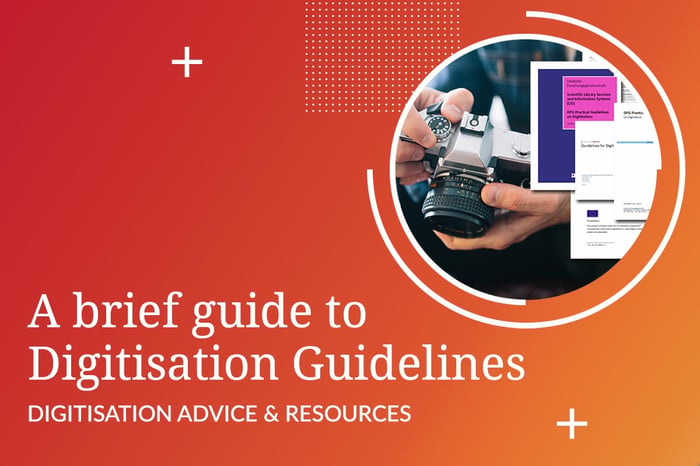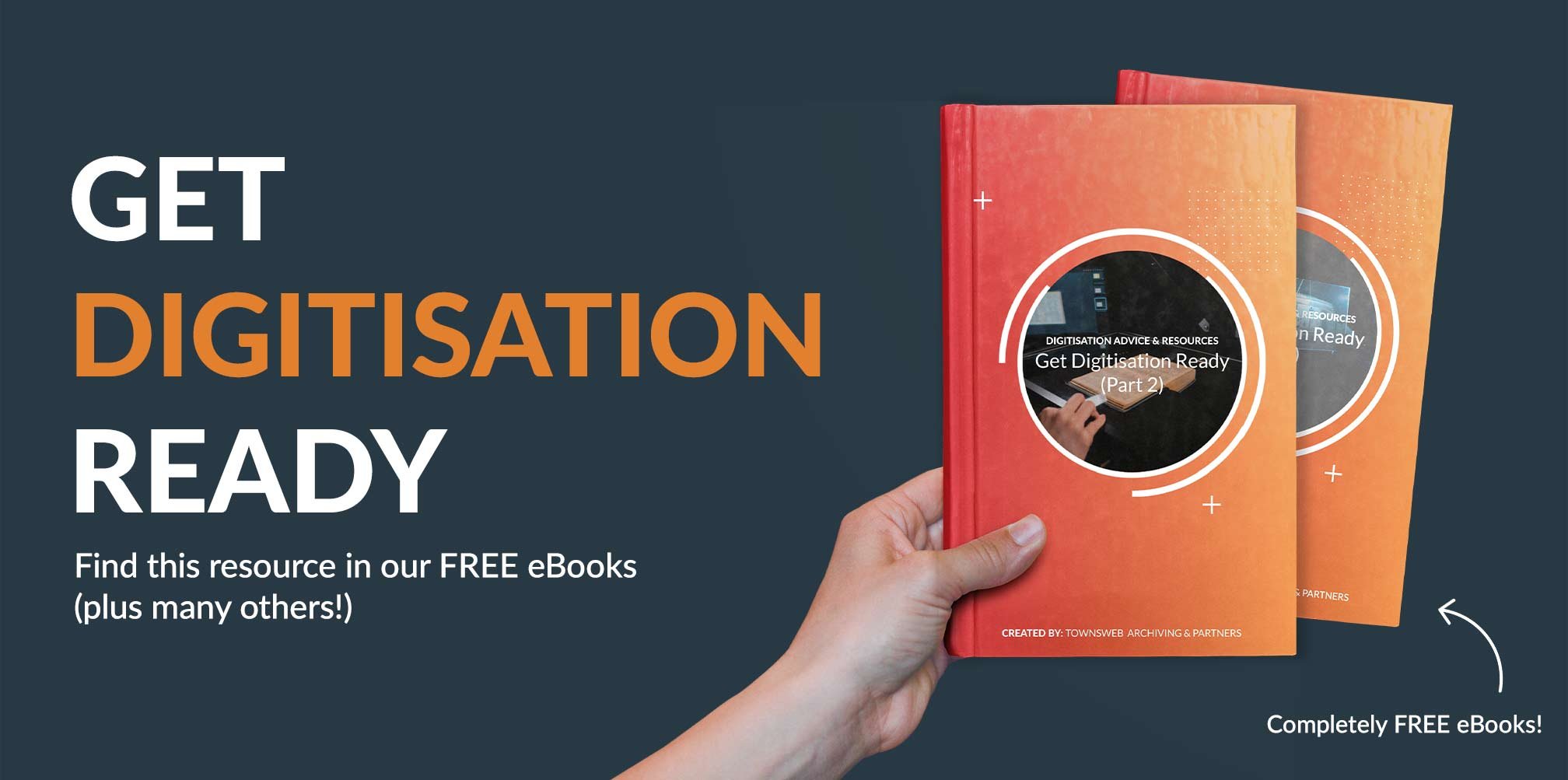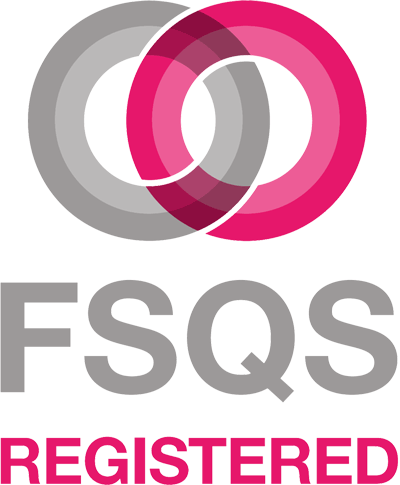If you are planning a digitisation project your first port of call is probably to look at the range of guidelines that are available. Melissa Terras points out:
"Digitisation guidelines, whether practical, managerial, or technical in nature, are the first point of reference for those about to undertake a digitisation project, and there is no need, nowadays, for a project to establish every detail themselves."
Melissa Terras, Reader in Electronic Communication, Department of Information Studies, University College London: Digitisation and Digital Resources in Humanities.
Guideline generation has been wide ranging in an attempt to establish best practice and raise digitisation standards, predominantly driven at national institution level from organisations such as libraries and archives, including academic institutions and professional bodies.
Available Guidance - A Quick Reference
- The National Archives
Digitisation at the National Archives (2016)
Practical guidance for the handling of material during the digitisation process. - The International Federation of Library Associations and Institutions (IFLA)
Guidelines for Planning the Digitization of Rare Book and Manuscript Collections (2015)
IFLA guidelines for the digitisation of special collections. - Federal Agencies Digital Guidelines Initiative (FADGI)
FADGI Guidelines (2021)
Technical guidance relating to Still Image and Audio-Visual for ‘common sustainable practices’. - Metamorfoze
Metamorfoz Preservation Imaging Guidelines (2012)
Guidance for the digitisation of two-dimensional materials - People’s Collection Wales
Digitisation Guidelines
An overview relating to the components that make up a digitisation project. - Parliamentary Archives
Digitisation Guidelines
Guidelines specifically aimed at project managers across Parliament but specific enough to relate more widely. - Wellcome Trust
Technical Guidelines for Digitisation Projects
Providing technical guidance for Wellcome Trust applicants specifically but will relate to the digitisation of any analogue material – including text, audio and video.
Guidelines aim to establish a level of consistency and accuracy across the digitisation and scanning workflow. This can help to ensure long-term viability of all digitised content. They can be used as a benchmark when defining project goals and project specifications.
How Digitisation Guidelines Have Evolved
Many early approaches to digitisation focused solely on the preserving of objects at information level, often resulting in destructive scanning processes, such as books being unbound and newspapers disposed of after scanning. The sole purpose of mass digitisation was to preserve and retain content only in its digital form.
This also had ramifications for the capturing of content in colour. The Library of Congress in its paper Technical Standards for Digital Conversion of Text and Graphic Materials (2007) advises that greyscale images be produced where colour content “does not exist or is not deemed significant," and The Association for Library Collections and Technical Services (ALCTS) tells us in their article Minimum Digitization Capture Recommendations (2013) that, "it was common to capture only in black and white, otherwise known as bi-tonal, for textual documents or line drawings" thereby totally discarding all colour and tonal information.
Above: Click to enlarge. Images show the same page scanned to capture colour (left), greyscale (centre), and bi-tonal images.
The above approach stemmed from technological limitations, the cost of storing large amounts of digital data and curatorial practices inherited from Microfilming (microfilm itself being a monochromatic medium).
Many early digitisation guidelines based assumptions on the QI formula. This was a method of determining the required resolution needed to capture typed text, based on the character size of the font. For example, the 2010 FADGI guidelines (see above) use the QI formula when recommending resolutions for capturing clear printed text (page 59). These recommendations are also referenced in guidance published by the DFG in Germany in 2013 (Page 16). Steven Puglia and Erin Rhodes argue that while this approach is appropriate for capturing text with high-contrast characteristics, it ignores other possible characteristics the original may have.
However, these early approaches and guidelines have been criticised by the likes of Paul Conway and Don Williams, who argue that they are responsible for fuelling ubiquitous digitisation practices that lack adequate attention to imaging science.
The Current Scanning Guidelines - Compare and Contrast
Digitisation now favours practices that seek to capture all of the characteristics of the original physical item, greatly increasing its artifactual value. Here we compare two of the most influential guidelines:
- The Metamorfoze Preservation imaging guidelines
- The FADGI technical guidelines
Both guidelines base their approaches on already existing and well established imaging science to define clear metrics for evaluating image quality. The FADGI guidelines adopt a star ranking system while the Metamorfoze guidelines are divided into three quality levels. Both guidelines use the same ISO standard methods to measure image quality.
If you were to compare the recommendations of both of these guidelines to those of The National Archives, you would find that both FADGI and Metamorfoze are much more detailed. Perhaps one key difference is the National Archives recommendation in relation to the use of the sRGB colour space for all colour material. sRGB has a relatively small colour gamut compared to other larger colour spaces and, while it is suitable for material with a limited colour gamut like newspaper print, material such as photographs or artwork may contain colours outside the space of sRGB.
The Metamorfoze guidelines recommend the use of a larger gamut colour space while the FADGI guidelines, until recently, only recommended using sRGB in certain cases. Don Williams and Peter Burns assert that the "difficulty of using one of the larger colour spaces is the need for increased bit depth to avoid posterization or [colour] banding". Adopting a wide gamut, they claim, may also, “serve to diminish colour fidelity by increasing the encoded quantization interval between neighbouring colours. Larger quantization intervals can reduce colour and tone discrimination, which makes it difficult to render subtle near neutral tones in slowly varying image areas.“
Above: The above image illustrates the quantizing effects of using a large colour space (in this case ProPhoto RGB) at different bit-depths. The charts plot the position of each pixel from the smaller section in the CIE xyY colour space, for both a 8 and 16 per channel version of the image.
There is also the inability of some software to correctly handle ICC profiles. Despite this, in September 2016 FADGI, changed its guidance allowing for sRGB colour space in more applications.
Digital Transitions Heritage offers a comprehensive overview of the FADGI and Metamorfoze guidelines.
Future Guidelines - where are we heading?
The new ISO standard titled: Archiving systems -- Part 1: Best practices for digital image capture of cultural heritage material, was published in 2017 and specifies how to perform quality analysis of imaging systems, described by Roy Berns as "Combining FADGI, Metamorfoze, and practical experiences." They are also working on a standard for image quality analysis for digitisation.
In addition, The National Archives has created a 2018 glossary of terms.
Separately there has also been an effort to create an ISO standard Tiff image file format for archival purposes by the TI/A group, which was submitted to the ISO technical committee at the end of October 2016.
Further Resources - digitising specific media types
Specific digitisation guidelines for different media types - including bound books, photographic collections, 35mm slides, newspapers, oversize items and more - can be found in our How to Digitise guides. Each guide also contains practical advice on ideal image capture resolutions, digital image formats, and unique challenges posed by each medium.
Should you have any specifics queries about any of the above please feel free to contact us and we will be happy to discuss your unique requirements.





 USE OUR ONLINE
USE OUR ONLINE








